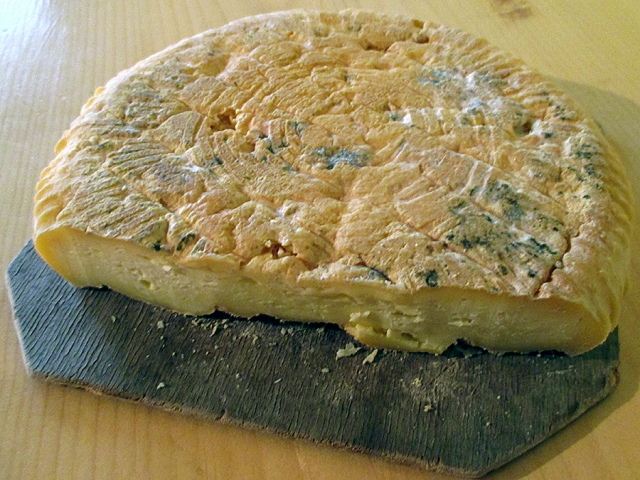Tradition Making, Part 1: Etseri, Svaneti
Now, there are some things which one is delighted to meet in one’s adopted country, new tastes and sounds and sights. Others fit into a larger category but are local versions of it. These things one may also fall in love with but perhaps, if one more appreciates one’s original, or “old home country”, versions of them, the feeling may be different, more a wish that this could be closer to that. Not, say, with your average supermarket tomato, infinitely inferior to the short-travelled, organic Georgian one, but with other things which exist in hundreds of varieties scattered throughout the world, as different from each other as chalk is to, well, cheese.
For me, cheese indeed is one of these things. There are many kinds of it with which I grew up, and others which I discovered upon my return to the UK as an independent adult. Cheddar (did you know that’s a place in England?), Stilton (ditto), Brie, Camembert, Cambozola: these are some of my old favourites. Georgian cheese, mostly—not so much, sadly, despite many attempts. With a few notable exceptions.
First of these is dambal khacho, from Khevsureti. It has enough of that “mouldy” taste from my old favourites that I love it, but it’s rare: have you even heard of it? I tasted it in the region about thirteen years ago, and have not done so since.
Actually, there may be vastly many other kinds of cheese “native” to Georgia than we are commonly aware of, not visible at all in Tbilisi markets or shops. I found this out at the inaugural art exhibition of Georgia Today and Focus Magazine’s Focus Cafй in Tbilisi. The work was mine, photographs combining the themes of Svaneti and food, several years ago. Invited to regale us at the opening night with cheeses from across the country to accompany the wines was a lady who likely knows more about this subject than anyone else here, Anna Mikadze, who also has her own cheese shop in Saburtalo.
I admit to having been astonished and even thrilled at the sheer variety of sizes, shapes, colours, textures, aromas and of course tastes on display that evening. It seems that, like France, every part, possibly every village, of Georgia has its own specialty cheese! Who knew? Where have they been hiding all these years of my time here?
The usual Georgian cheese which one finds at the market is young, not pressed, uncultured (not as an insult, merely indicating a lack of deliberately added bacterial culture). It may have been soaked in brine for quite a while, and I often find it too salty as a result; if not, too bland, really. Sulguni is a two-step item, made by melting existing cheese in boiling water and making cheese from this. Look, I’m sorry, but I simply grew up on other kinds of cheese, and I’ve missed those all this time! They’re too expensive to buy as imports on rare excursions to Tbilisi, and there seems to be exactly one shop in all of nearer Zugdidi that has exactly two non-standard cheeses on offer, a Gouda-type import and a Georgian “Mtiuli” (mountain) one which is also pretty good. Both rather pricey, though.
I can now add goat’s or sheep’s cheese to the Georgian ones which I like, but again, these are hard to find at all locally.
The real thing would be to make my own cheese of the right flavour, and get good enough at it to have a consistent result. I would prefer to do this with all local ingredients: milk from our own cow, and only local additives if any (such as herbs), as opposed to having to buy a bacterial culture to make the flavour.
I’ve been researching the topic, which thankfully is easier than ever thanks to the Internet. My first couple of experiments are now ageing in the fridge, over a month old, and I have to say I’m very pleased with the results, considering how much of an amateur I am at this stage. My goal? To be able to offer, at the table and for purchase, my own local cheese, different from anyone else’s and consistent every time. This will need some actual science, noting all possible variable parameters and gaining maximum control of them one by one, as well as some skill and even some luck. I now believe it’s within my grasp. More on this in my next article, when we’ll explore some of the numerous things which go into making cheese.
Tony Hanmer runs the “Svaneti Renaissance” Facebook group, now with over 1000 members, at
www.facebook.com/groups/SvanetiRenaissance/ .
He and his wife also run their own guest house in Etseri:
www.facebook.com/hanmer.house.svaneti
Tony Hanmer












